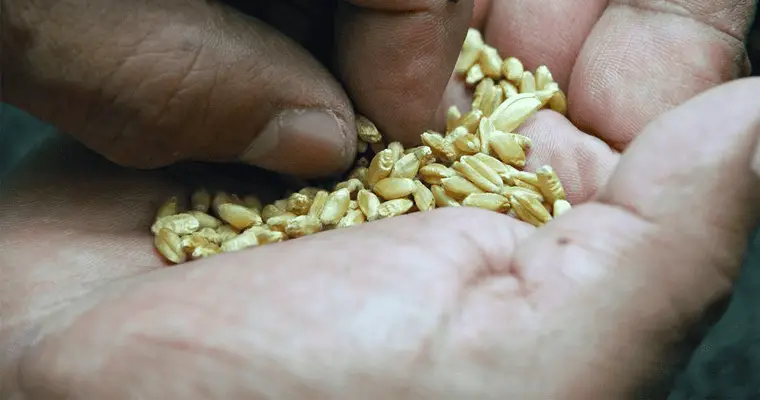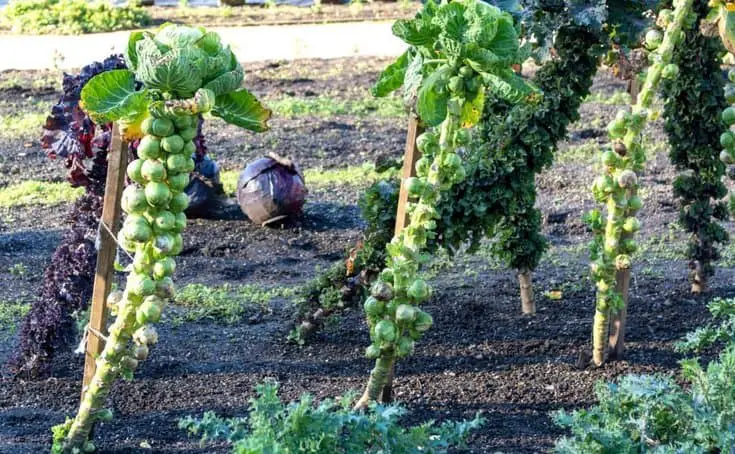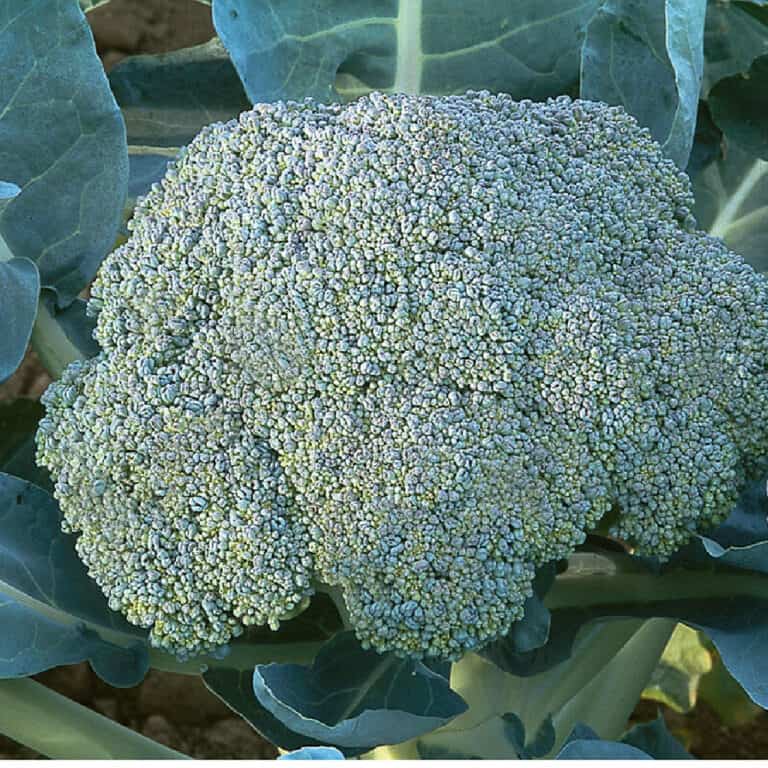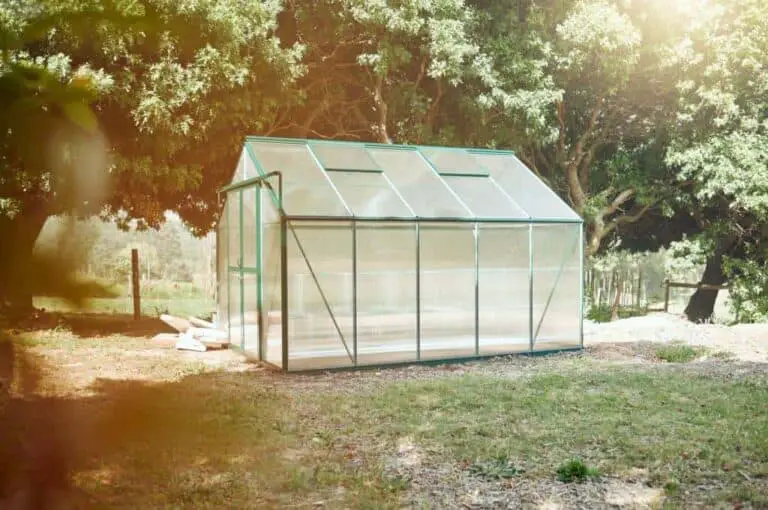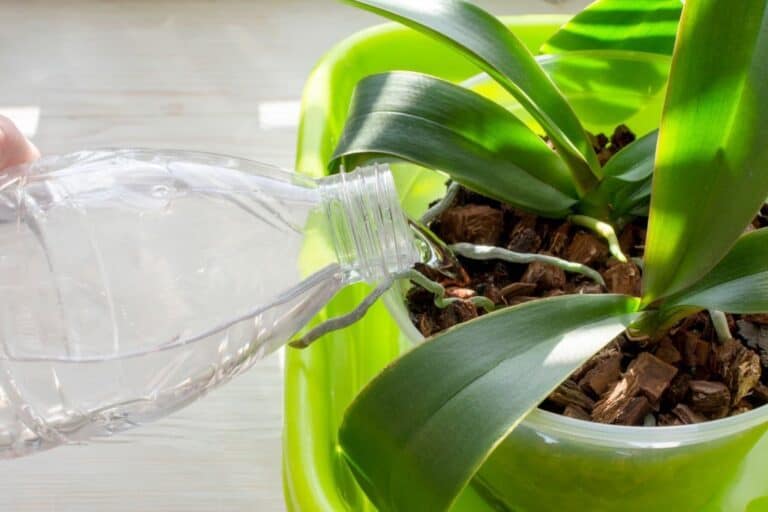When to Plant Broccoli in Indiana: Optimal Seasons and Tips
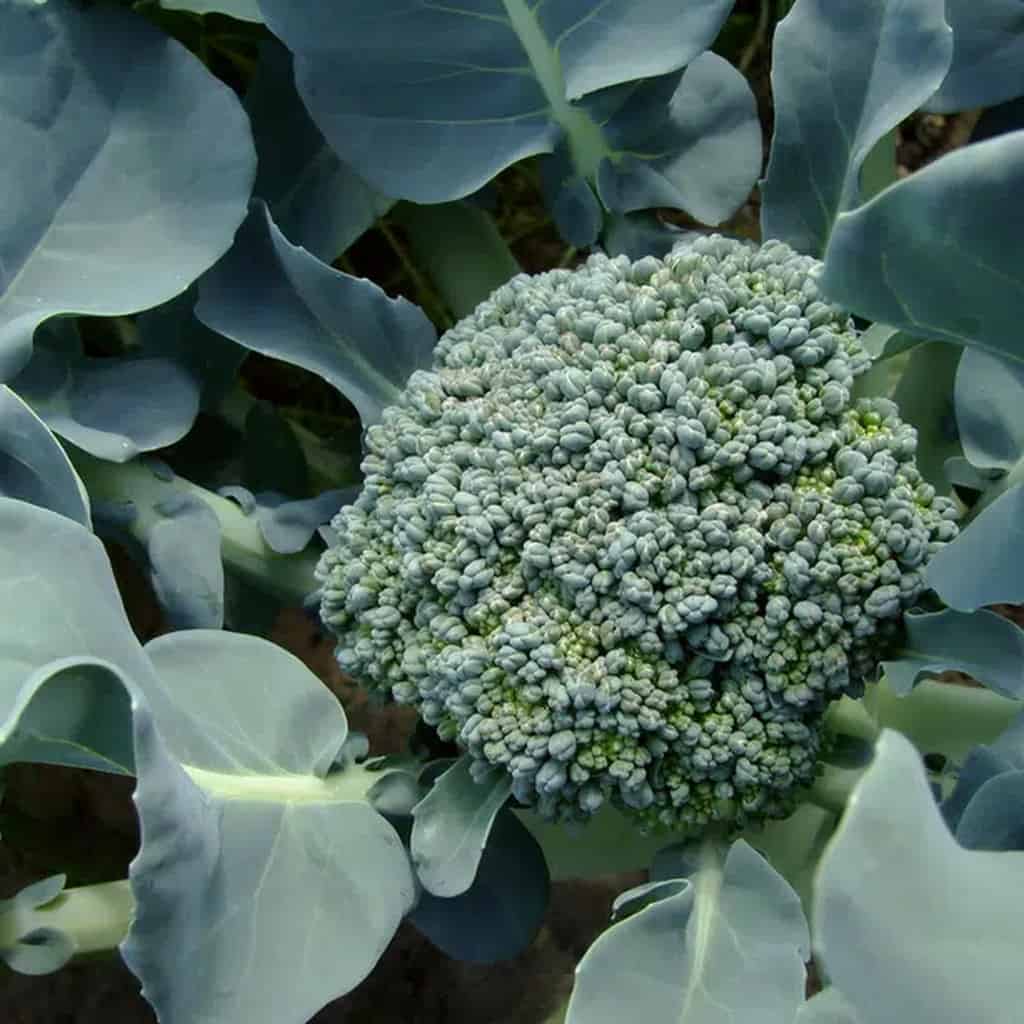
Are you ready to cultivate delicious, nutrient-packed broccoli right in your Indiana garden? Timing your broccoli planting can significantly impact the success of your harvest. You’re aiming for tender florets for your table. Or, you’re planning a sustainable garden. Knowing the best planting times is crucial.
In this article, we delve into the best time to plant broccoli in Indiana. We consider the state’s diverse climate and soil. Master the timing and techniques for broccoli cultivation. Then, you’ll be able to grow strong plants. They will thrive all season.
Introduction to Planting Broccoli
Planting broccoli marks the beginning of a rewarding journey in your garden. This vegetable is versatile. It is prized for its nutrition and culinary uses. It grows well in cooler climates. So, it is well-suited for cultivation in many regions, including Indiana. Whether you’re experienced or new, grasp the basics of planting broccoli. They set the stage for a good harvest.
Broccoli, a member of the cabbage family, offers not only delicious florets but also nutrient-rich leaves and stems. It grows well in cool spring days to mild fall afternoons. This matches Indiana’s weather.
Preparing the soil plays a crucial role in broccoli cultivation. Good soil drains well. It is fertile and enriched with compost or organic matter. This soil is the ideal foundation for healthy growth. This preparation boosts nutrient uptake. It also promotes robust plant development. It yields hearty broccoli heads full of flavor and nutrients.
Understanding Indiana’s Climate
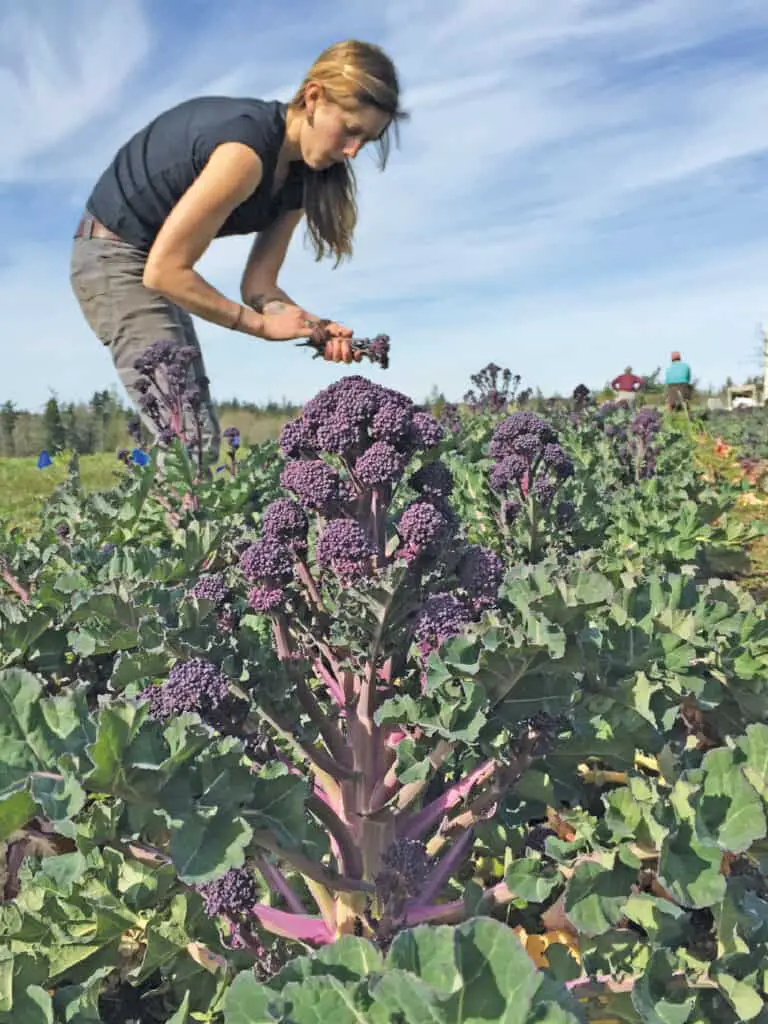
Indiana experiences a humid continental climate, characterized by hot summers and cold winters. Broccoli prefers cool temperatures. It should be planted at specific times. This avoids Indiana’s weather extremes.
Average Temperatures and Frost Dates
- Spring (March-May): Temperatures range from 40°F to 70°F.
- Summer (June-August): Temperatures range from 60°F to 85°F.
- Fall (September-November): Temperatures range from 40°F to 70°F.
- Winter (December-February): Temperatures range from 20°F to 40°F.
Indiana’s average last frost date is around mid-April to early May, and the first frost date typically occurs in late October to early November. These frost dates are critical for planning your broccoli planting schedule.
Best Seasons to Plant Broccoli
Broccoli thrives in 60°F to 70°F temperatures. Plant it in early spring or late summer to use the cooler weather while it grows.
Spring Planting
- Ideal Time: Start broccoli seeds indoors in late February to early March, and transplant them outdoors in mid to late April, after the last frost date.
- Soil Temperature: At least 50°F for transplanting.
Fall Planting
- Ideal Time: Start seeds indoors in late June to early July, and transplant them outdoors in late July to early August.
- Consider this: the plants need time to mature before the first frost. This usually takes 70-100 days, depending on the variety.
Preparing the Soil
Proper soil preparation is essential for healthy broccoli growth. Broccoli prefers well-drained, fertile soil with a pH between 6.0 and 7.0. Here are the steps to prepare your garden bed for planting broccoli:
- Choose the Right Location: Select a sunny spot as the best place to plant broccoli. The location that receives at least 6 hours of direct sunlight daily.
- Test the Soil: Conduct a soil test to determine the pH and nutrient levels. Adjust the pH if necessary by adding lime to raise it or sulfur to lower it.
- Amend the Soil: Incorporate organic matter such as compost or aged manure to improve soil structure and fertility.
- Till the Soil: Till the garden bed to a depth of 12-15 inches to ensure proper root development.
Planting Broccoli
Once the soil is prepared, you can proceed with planting broccoli. Follow these steps for successful planting:
- Starting Seeds Indoors: Sow seeds 1/4 inch deep in seed trays filled with a high-quality seed starting mix. Keep the soil moist and place the trays in a warm, sunny location.
- Transplanting: Harden off seedlings by gradually exposing them to outdoor conditions over a week. Transplant seedlings when they have 4-6 true leaves.
- Spacing: Space the seedlings 18-24 inches apart in rows that are 24-36 inches apart.
- Watering: Water the plants thoroughly after transplanting to help them establish.
Caring for Broccoli Plants
Proper care is crucial to ensure healthy growth and a bountiful broccoli harvest. Here are some key care tips:
Watering
Broccoli needs consistent moisture to develop tender heads. Water the plants regularly, keeping the soil evenly moist but not waterlogged. Aim for about 1-1.5 inches of water per week, either from rainfall or irrigation.
Mulching
Mulching helps conserve moisture, suppress weeds, and maintain a stable soil temperature. Use organic mulch such as straw, grass clippings, or shredded leaves around the base of the plants.
Fertilizing
Broccoli benefits from a balanced, all-purpose fertilizer. Apply fertilizer at planting time and again when the plants are about 4-6 weeks old. Avoid over-fertilizing, as this can lead to excessive foliage growth at the expense of head development.
Pest and Disease Management
Broccoli can be susceptible to various pests and diseases. Regular monitoring and preventive measures can help keep your plants healthy.
Common Pests
- Cabbage Worms: Green caterpillars that chew holes in the leaves and heads. Use row covers to protect young plants and apply Bacillus thuringiensis (Bt) if necessary.
- Aphids: Small, sap-sucking insects that can cause stunted growth and deformities. Spray plants with a mixture of water and mild soap to control aphids.
- Flea Beetles: Small, black beetles that chew small holes in the leaves. Use row covers to protect young plants and apply insecticidal soap if necessary.
Common Diseases
- Downy Mildew: A fungal disease that causes yellowing and wilting of leaves. Ensure good air circulation and avoid overhead watering to prevent this disease.
- Clubroot: A soil-borne disease that causes swollen and distorted roots. Practice crop rotation and avoid planting broccoli in infected soil for at least four years.
- Black Rot: Causes yellowing and wilting of leaves. Remove and destroy infected plant parts and ensure good air circulation to prevent black rot.
Harvesting Broccoli
Knowing when and how to harvest broccoli is crucial for enjoying its full flavor and nutritional benefits. Follow these steps for a successful harvest:
- Timing: Harvest broccoli when the heads are firm and tight, usually 70-100 days after planting. The main head should be harvested before the flowers start to open.
- Cutting: Use a sharp knife to cut the main head, leaving about 5-6 inches of stem. After harvesting the main head, the plant will produce smaller side shoots that can be harvested later.
- Frequency: Harvest regularly to encourage continuous production. Check the plants every few days during peak production.
Storing Broccoli
Proper storage of broccoli after harvest extends the shelf life of broccoli and keeps it fresh. Store broccoli in the refrigerator in a perforated plastic bag or a container with a damp paper towel. It can last up to a week when stored properly. For longer storage, consider blanching and freezing broccoli.
Table: Quick Reference Guide for Planting Broccoli in Indiana
| Factor | Details |
| Ideal Planting Time | Spring: Start seeds indoors in late February to early March, transplant in mid to late April; Fall: Start seeds indoors in late June to early July, transplant in late July to early August |
| Soil Temperature | At least 50°F |
| Soil pH | 6.0 to 7.0 |
| Sunlight Requirements | Full sun (6+ hours/day) |
| Seed Spacing | 18-24 inches apart in rows 24-36 inches apart |
| Planting Depth | 1/4 inch for seeds; transplant seedlings with 4-6 true leaves |
| Watering | 1-1.5 inches per week |
| Common Pests | Cabbage worms, aphids, flea beetles |
| Common Diseases | Downy mildew, clubroot, black rot |
| Also read: Does Broccoli Grow in the Ground or Underground? |
Additional Tips
- Succession Planting: To extend your broccoli harvest, use succession planting. Sow seeds every two weeks during the planting windows.
- Companion Planting: Plant broccoli with beets, celery, and onions. They help each other and save space.
- Monitoring: Keep an eye on the weather, as unexpected frosts or heat waves can affect your broccoli plants. Use row covers to protect them during cold snaps.
With these guidelines, you’re on your way to growing a thriving broccoli patch. It will bring joy and satisfaction from planting to harvest. Enjoy the journey and the delicious rewards of your labor!
Conclusion
Growing broccoli in Indiana can be a rewarding experience, providing you with fresh, nutritious heads and side shoots. To ensure a successful broccoli harvest, you need to understand the local climate. You also need to prepare the soil and plant at the right times.
You can have a big crop of tasty, crisp broccoli for cooking, salads, and more. Just care for the plants, manage pests and disease, and harvest properly. Happy planting and harvesting!

